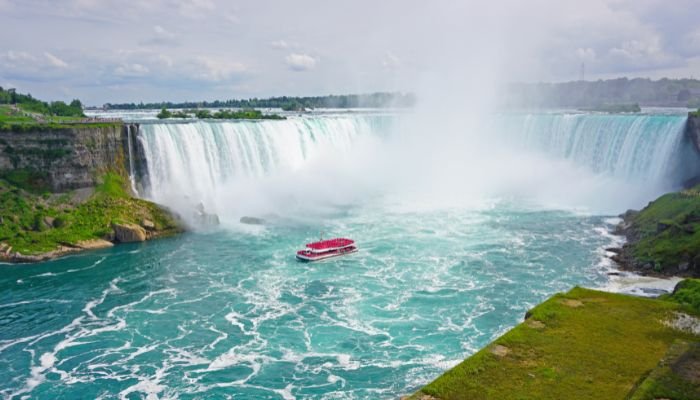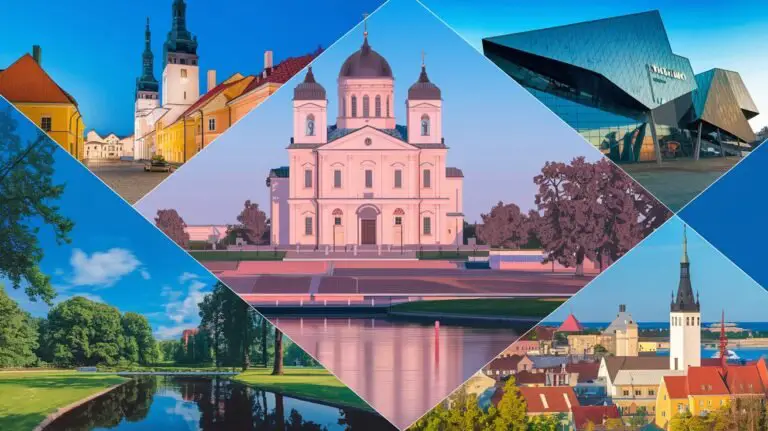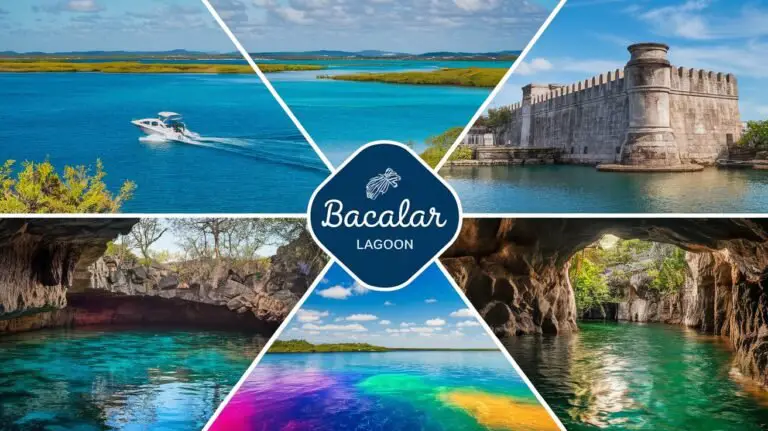Disclaimer: This post may contain affiliate links, meaning we get a small commission if you make a purchase through our link at no extra cost to you. For more information, please visit our Disclaimer Page.
Ever dreamed of exploring nature so breathtaking it feels unreal?
Canada is home to some of the world’s most awe-inspiring landscapes, from thundering waterfalls to untouched wilderness.
In this blog post, we’re taking you on a virtual tour of Canada’s Natural Wonders—from the legendary Niagara Falls to hidden gems like the Canadian Badlands.
Get ready to discover why Canada is a must-visit for nature lovers and adventure seekers alike.
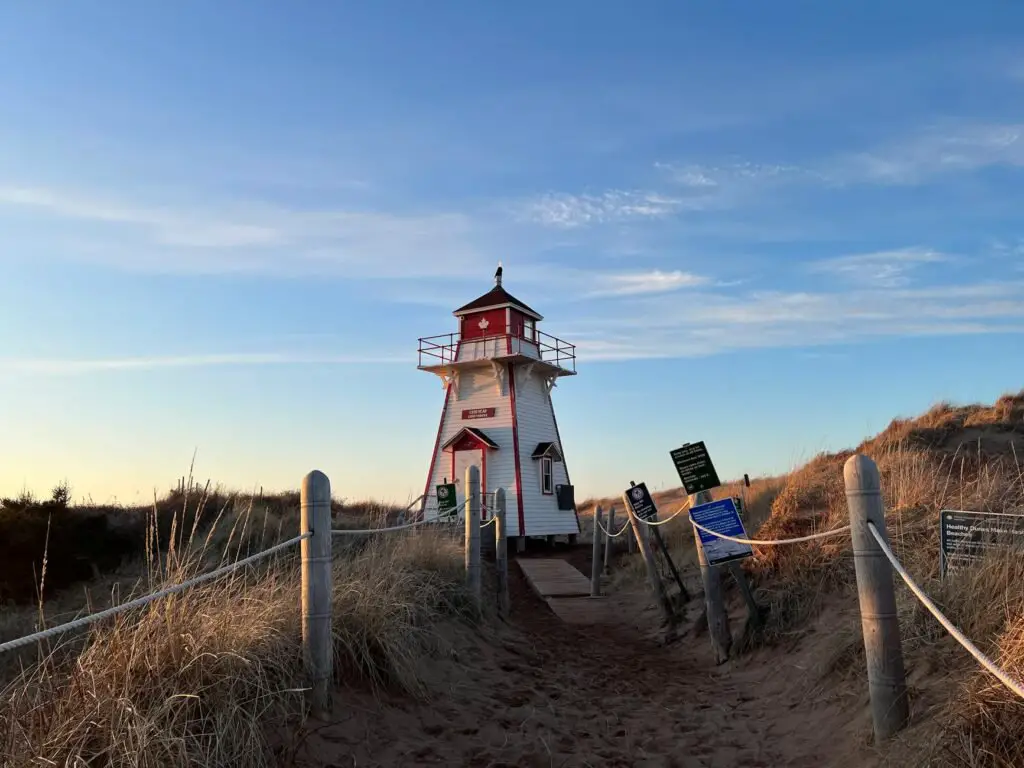
Unique characteristics of Canadian landscapes
As you embark on a journey through Canada’s natural wonders, you’ll discover landscapes as diverse as they are breathtaking. From coast to coast, the country offers a stunning array of geographical features.
Vast wilderness and untouched beauty
One of Canada’s most striking features is the sheer vastness of its wilderness. As the second-largest country in the world, Canada boasts vast stretches of untouched natural beauty. Pristine forests, crystal-clear lakes and towering mountains dominate horizons.
Boreal forest: The green crown of Canada
The boreal forest, or taiga, defines much of Canada’s landscape. Covering nearly 60 per cent of the country’s land area, this coniferous expanse is often called the “lungs of North America.” Explorers encounter:
- Towering spruce, pine and fir trees
- Lakes and rivers teeming with fish
- Wildlife such as moose, caribou and black bears
Dramatic coastlines and maritime beauty
With the world’s longest coastline (243,000 km), Canada’s coastal landscapes range from rugged cliffs to sandy beaches.
Atlantic coast: Rugged charm
The Atlantic coast, particularly in Nova Scotia and Newfoundland, features:
- Rocky shores and dramatic cliffs
- Picturesque fishing villages
- Iconic lighthouses dotting the shoreline
Pacific coast: Temperate rainforests meet the sea
The western edge blends temperate rainforests and coastal mountains, showcasing:
- Forests stretching to the water’s edge
- Fjords carved by ancient glaciers
- Marine life like orcas and sea otters
Majestic mountain ranges
The Rocky Mountains: A natural wonder
The Canadian Rockies offer:
- Jagged, snow-capped peaks
- Turquoise glacial lakes
- Expansive hiking trails and scenic drives
The Coast Mountains: Where mountains meet the sea
Along the Pacific coast, these mountains feature:
- Glacier-carved valleys
- Dense forests climbing slopes
- Fjords plunging into the ocean
Unique geological formations
| Geological feature | Location | Characteristics |
|---|---|---|
| Canadian Shield | Central and eastern Canada | Ancient rock, sparse vegetation, countless lakes |
| Badlands | Alberta | Hoodoos, fossil-rich sedimentary layers |
| Pingos | Northwest Territories | Ice-cored hills in permafrost regions |
| Athabasca Sand Dunes | Saskatchewan | Northernmost active sand dunes |
Arctic tundra and polar landscapes
In the far north, the Arctic reveals:
- Treeless tundra expanses
- Permafrost terrain with polygonal patterns
- Ice floes along the Arctic coast
Prairies: the great Canadian plains
The Canadian Prairies offer distinct beauty:
- Endless horizons of golden wheat fields
- Rolling hills and grasslands
- Big sky country with dramatic cloud formations
Diverse ecosystems and biodiversity hotspots
Canada’s landscapes support diverse ecosystems:
- Temperate rainforests of the Pacific Northwest
- Alpine meadows in mountain ranges
- Wetlands and marshes across regions
- Subarctic forests in northern territories
The impact of glaciers
Glacial activity shaped iconic Canadian features:
- U-shaped valleys in mountain regions
- Countless lakes dotting the Canadian Shield
- Erratics (large boulders) scattered on prairies
Seasonal transformations
Canadian landscapes shift dramatically with seasons:
- Vibrant fall colours in deciduous forests
- Snow-covered winter wonderlands
- Lush green summers
- Colourful spring wildflower blooms
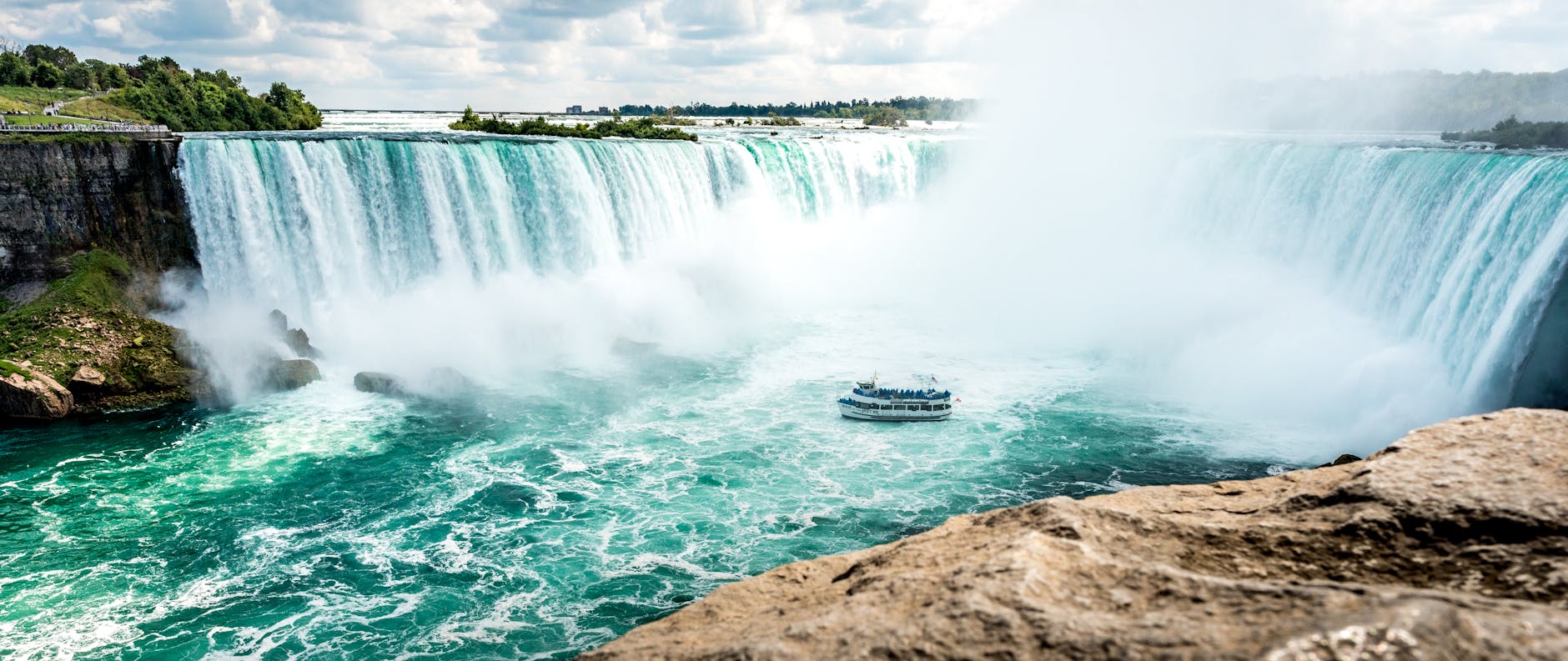
Niagara Falls, Ontario
As we explore the awe-inspiring natural wonders of Canada, our journey takes us to Niagara Falls—one of the world’s most iconic attractions.
Located on the border between Ontario, Canada, and New York, United States, this natural spectacle draws millions of visitors annually with its raw power and beauty.
Key features
| Fact | Description |
|---|---|
| Formation | Niagara Falls formed approximately 12,000 years ago at the last ice age’s end. |
| Water flow | An average of 3,160 tons of water flows over the falls every second. |
| Height | Canadian Horseshoe Falls: 57 metres (188 feet); American Falls: 21–30 metres (70–100 feet). |
| Width | Horseshoe Falls: 670 metres (2,200 feet); American Falls: 260 metres (850 feet). |
| Power generation | A major hydroelectric power source for Canada and the United States. |
Global waterfall comparison
| Waterfall | Location | Height (m) | Width (m) | Average flow rate (m³/s) |
|---|---|---|---|---|
| Niagara Falls | Canada/U.S. | 51 | 1,203 | 2,400 |
| Victoria Falls | Zambia/Zimbabwe | 108 | 1,708 | 1,088 |
| Iguazu Falls | Argentina/Brazil | 82 | 2,700 | 1,756 |
| Angel Falls | Venezuela | 979 | 107 | 10 |
While Niagara Falls is not the tallest or widest, its exceptional flow rate creates its thunderous roar and misty atmosphere.

Banff National Park, Alberta
Now that we’ve explored Canada’s landscapes, let’s delve into Banff National Park in Alberta—a crown jewel of the Canadian Rockies offering pristine wilderness and awe-inspiring beauty.
Key features
| Fact | Description |
|---|---|
| Established | 1885 (Canada’s first national park) |
| Size | 6,641 square kilometres (2,564 square miles) |
| Location | Rocky Mountains of Alberta, Canada |
| Annual visitors | Approximately 4 million |
| UNESCO status | Part of the Canadian Rocky Mountain Parks World Heritage Site |
| Highest peak | Mount Forbes (3,612 metres / 11,850 feet) |
| Notable features | Lake Louise, Moraine Lake, Icefields Parkway |
Banff National Park’s natural wonders include:
- Turquoise lakes reflecting snow-capped peaks
- Vast glaciers and ancient icefields
- Dense forests teeming with wildlife
- Towering mountains with challenging hiking trails
- Hot springs for relaxation
The park’s ecosystems support iconic Canadian wildlife, such as:
- Moose
- Grizzly bears
- Black bears
- Elk
- Bighorn sheep
- Mountain goats
- Wolves

Aurora borealis, Manitoba
Now that we’ve explored Banff National Park, let’s turn to one of Canada’s most mesmerizing natural phenomena: the aurora borealis in Manitoba.
This celestial spectacle, also known as the northern lights, draws global visitors to witness its ethereal beauty.
Key features
| Fact | Description |
|---|---|
| Best viewing season | Late August to April, with peak visibility in winter’s long nights. |
| Location | Churchill, Manitoba, above 58° north latitude, lies under the auroral oval—a prime northern lights viewing zone. |
| Vivid colour variations | Green dominates, with red, blue and purple hues depending on gas interactions and altitude. |
| Solar activity and viewing | Caused by solar particles interacting with Earth’s magnetic field; intensity peaks during solar maximum. |
| Cultural significance | Holds spiritual importance for many Indigenous Peoples of northern Manitoba, often seen as ancestral spirits or celestial guides. |
The magic of Manitoba’s aurora borealis
Churchill’s geographical position beneath the auroral oval—a ring around Earth’s magnetic poles—makes it ideal for aurora viewing.
The region’s vast, open landscapes offer unobstructed night skies for immersive experiences.
Best time to see the northern lights in Manitoba
While visible from late August to mid-April, winter months offer optimal conditions:
- Longer nights for extended viewing
- Colder, clearer air for vivid displays
- Reduced cloud cover
Shoulder seasons (late summer/early spring) provide milder temperatures and opportunities to pair aurora viewing with activities like whale watching or bird migration observation.
This natural wonder holds a special place among Canada’s diverse landscapes.
Next, we’ll journey eastward to explore Nova Scotia’s Cabot Trail.

The Cabot Trail, Nova Scotia
Key features
| Feature | Description |
|---|---|
| Landscape | Coastal cliffs, forested highlands and rugged shorelines |
| Wildlife | Moose, bald eagles and whales (seasonal) |
| Activities | Hiking, cycling, kayaking and whale watching |
| Best time to visit | June to October |
The Cabot Trail blends natural beauty with cultural experiences. Winding through Cape Breton Highlands National Park, it offers access to hiking trails like the Skyline Trail. Travellers can:
- Explore charming fishing villages
- Experience Acadian and Celtic cultures
- Enjoy fresh seafood
Hiking trails for all skill levels
- Skyline Trail (7.5 km loop)
- Middle Head Trail (3.8 km return)
- Franey Trail (7.4 km loop)
- Coastal Trail (11.3 km one-way)
Next, we’ll venture westward to British Columbia’s Great Bear Rainforest..
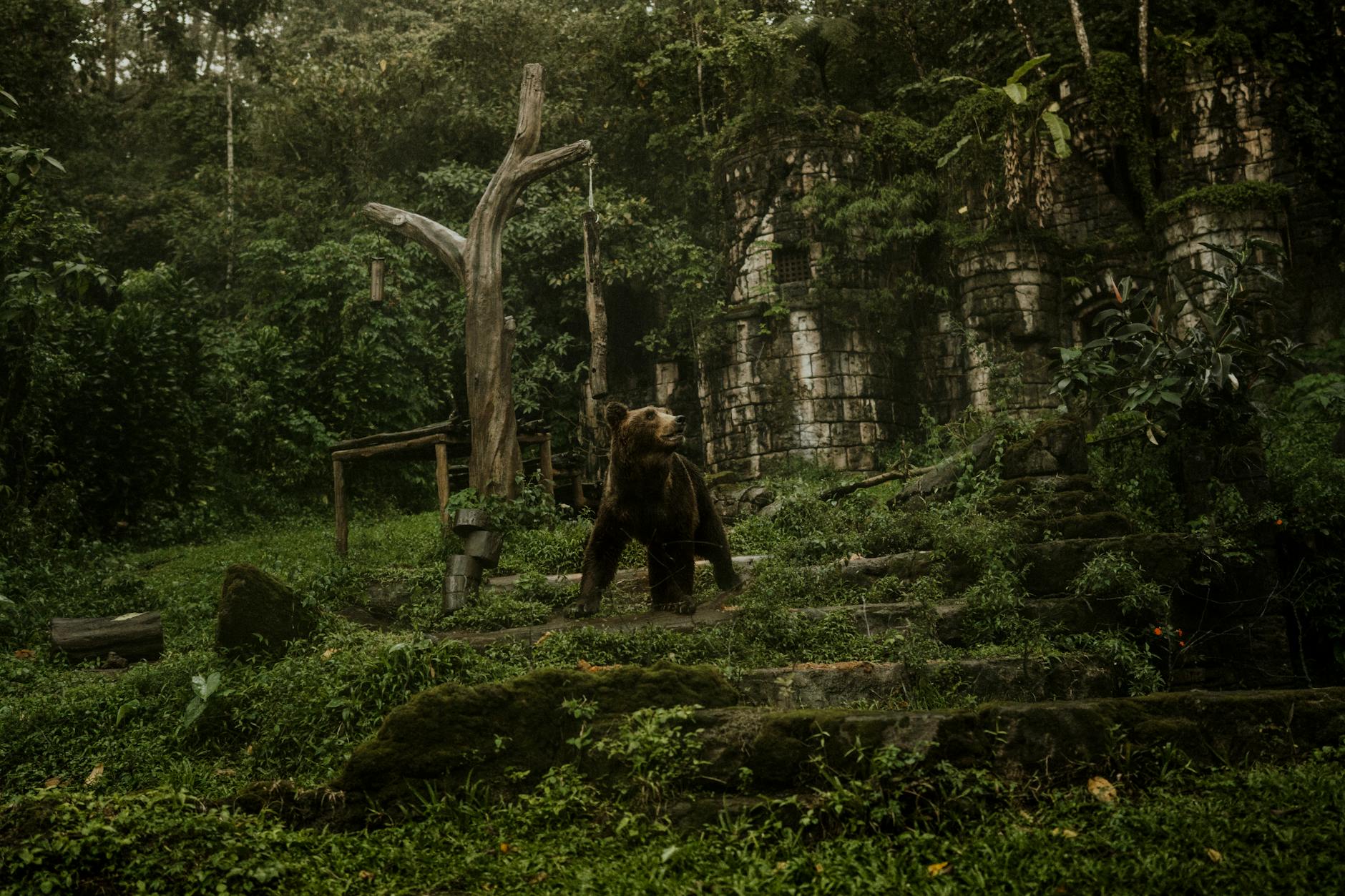
Great Bear Rainforest, B.C.
Nestled along British Columbia’s Pacific coast, the Great Bear Rainforest showcases Canada’s breathtaking natural beauty.
This pristine wilderness—a haven for ancient forests and diverse wildlife—offers unparalleled opportunities to experience nature at its most magnificent.
Key features
| Feature | Description |
|---|---|
| Spirit Bear | Rare white subspecies of black bear, also known as Kermode bear. |
| Coastal wolves | Unique wolf population adapted to marine-rich environments. |
| Great Bear Sea | Marine area adjacent to the rainforest, teeming with biodiversity. |
The Great Bear Rainforest invites visitors to witness the raw beauty of Canada’s west coast.
From kayaking through pristine fjords to observing wildlife in their natural habitats, this ecosystem delivers unforgettable experiences for nature enthusiasts and adventurers.
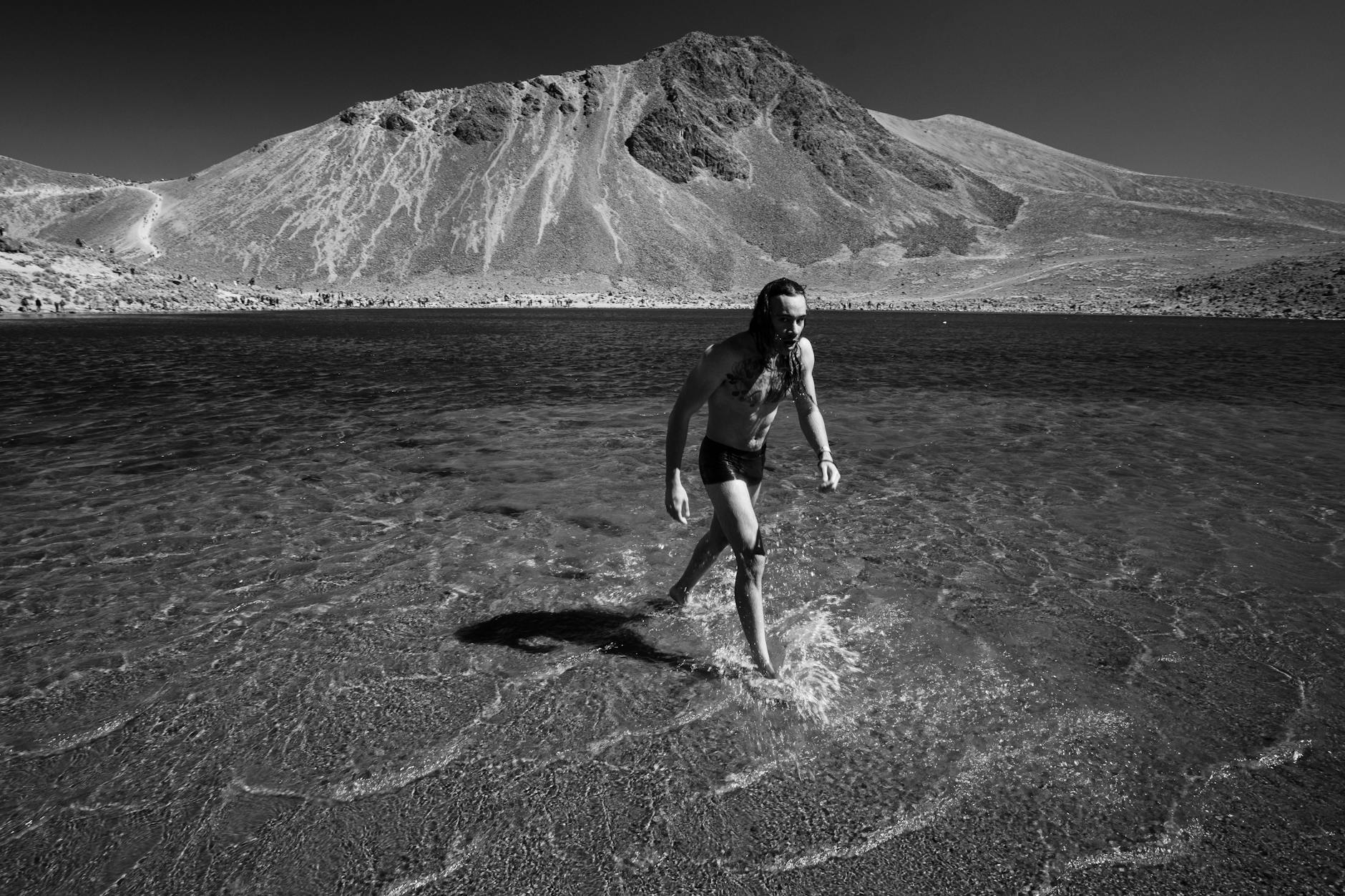
The Northwest Passage, Nunavut
Now that we’ve explored the Great Bear Rainforest, let’s venture into Nunavut’s icy Northwest Passage.
This legendary sea route through the Canadian Arctic Archipelago has captivated explorers and adventurers for centuries.
Key features
| Feature | Description |
|---|---|
| Wildlife | Polar bears, narwhals, beluga whales and seals |
| Landscapes | Ice floes, glaciers, tundra and remote islands |
| Cultural experiences | Inuit communities, traditional art and hunting practices |
| Historical significance | Sought by explorers since the 15th century |
The Northwest Passage offers a rare glimpse into the Arctic’s raw beauty and history. Visitors can:
- Witness the midnight sun phenomenon
- Explore abandoned expedition sites
- Observe unique Arctic flora and fauna
- Learn about Inuit traditions and way of life
For those seeking a Northwest Passage cruise, book with reputable operators prioritizing environmental conservation and respect for local communities.
As climate change affects this fragile ecosystem, responsible tourism is crucial to preserving its wonders for future generations.

Columbia Icefields, Alberta
Key features
| Fact | Detail |
|---|---|
| Elevation | 3,000 metres above sea level |
| Annual snowfall | Up to 7 metres |
| Meltwater destination | Arctic, Atlantic and Pacific Oceans |
Drive the Icefields Parkway
The Icefields Parkway, stretching 232 kilometres between Jasper and Lake Louise, offers an unparalleled journey through the Canadian Rockies. This scenic drive features:
- Stunning vistas of snow-capped peaks and turquoise lakes
- Wildlife sightings (elk, bighorn sheep, bears)
- Access to hiking trails and viewpoints
Tips for the best experience
- Allow a full day for the drive
- Start early to avoid crowds and optimize photography light
- Pack a picnic for scenic rest stops
- Join a guided tour on the Athabasca Glacier
Next, we’ll explore Nahanni National Park Reserve in the Northwest Territories.

Nahanni National Park Reserve, Northwest Territories
Venturing further north, we encounter Nahanni National Park Reserve—a UNESCO World Heritage Site offering pristine wilderness and unparalleled adventure.
Key features
| Feature | Description |
|---|---|
| Virginia Falls | Four times higher than Niagara Falls (96 metres / 315 feet) |
| Nahanni River | World-class white-water rafting |
| Cirque of the Unclimbables | Renowned destination for rock climbers |
Note: Nahanni National Park Reserve is a remote backcountry experience requiring thorough planning and preparation.
Next, we’ll explore another gem of Canada’s Atlantic coast: beautiful Gros Morne National Park in Newfoundland.

Gros Morne National Park, Newfoundland
Now that we’ve explored Nahanni National Park Reserve, let’s journey eastward to Gros Morne National Park in Newfoundland—a UNESCO World Heritage Site showcasing Canada’s geological wonders and diverse ecosystems.
Key features
| Feature | Description |
|---|---|
| Western Brook Pond | Landlocked fjord with 610-metre (2,000-foot) cliffs |
| Tablelands | Barren mountains of exposed earth’s mantle |
| Gros Morne Mountain | Park’s highest peak at 806 metres |
| Wildlife | Moose, caribou, black bears and Arctic hare |
Gros Morne offers visitors a rare glimpse of geological processes typically hidden beneath Earth’s surface. Its landscapes cater to outdoor enthusiasts with activities like:
- Stargazing
- Hiking
- Boating
- Wildlife viewing
Let’s get moving to Canadian Badlands, Alberta.
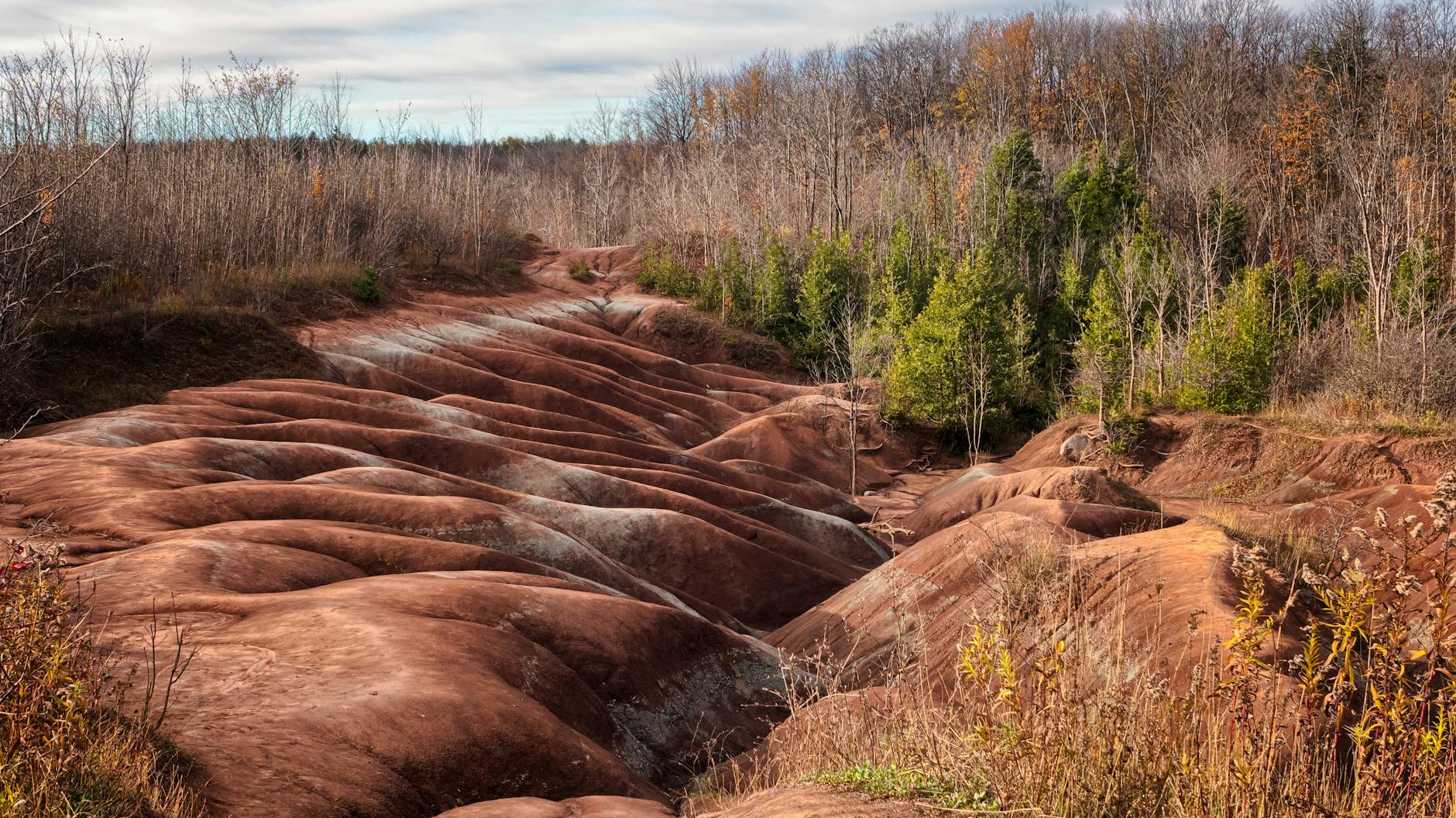
Canadian Badlands, Alberta
Key features
| Feature | Description |
|---|---|
| Location | Southeastern Alberta, Canada |
| Area | Approximately 90,000 square kilometres |
| Geological age | Formed during the Cretaceous Period, 75–77 million years ago |
| Notable features | Hoodoos, coulees and dinosaur fossils |
| Major attraction | Royal Tyrrell Museum in Drumheller |
The Canadian Badlands are renowned for:
- Dinosaur Provincial Park, a UNESCO World Heritage Site
- Stunning rock formations and colourful stratified cliffs
- Unique prairie ecosystems and biodiversity
- Abundant dinosaur fossils and prehistoric remains
Visitors can explore this otherworldly landscape through:
- Stargazing in dark-sky preserves
- Fossil-hunting expeditions
- Scenic drives through coulees
- Hiking trails with breathtaking viewpoints
Next let’s explore Bay of Fundy, New Brunswick/Nova Scotia wonders.
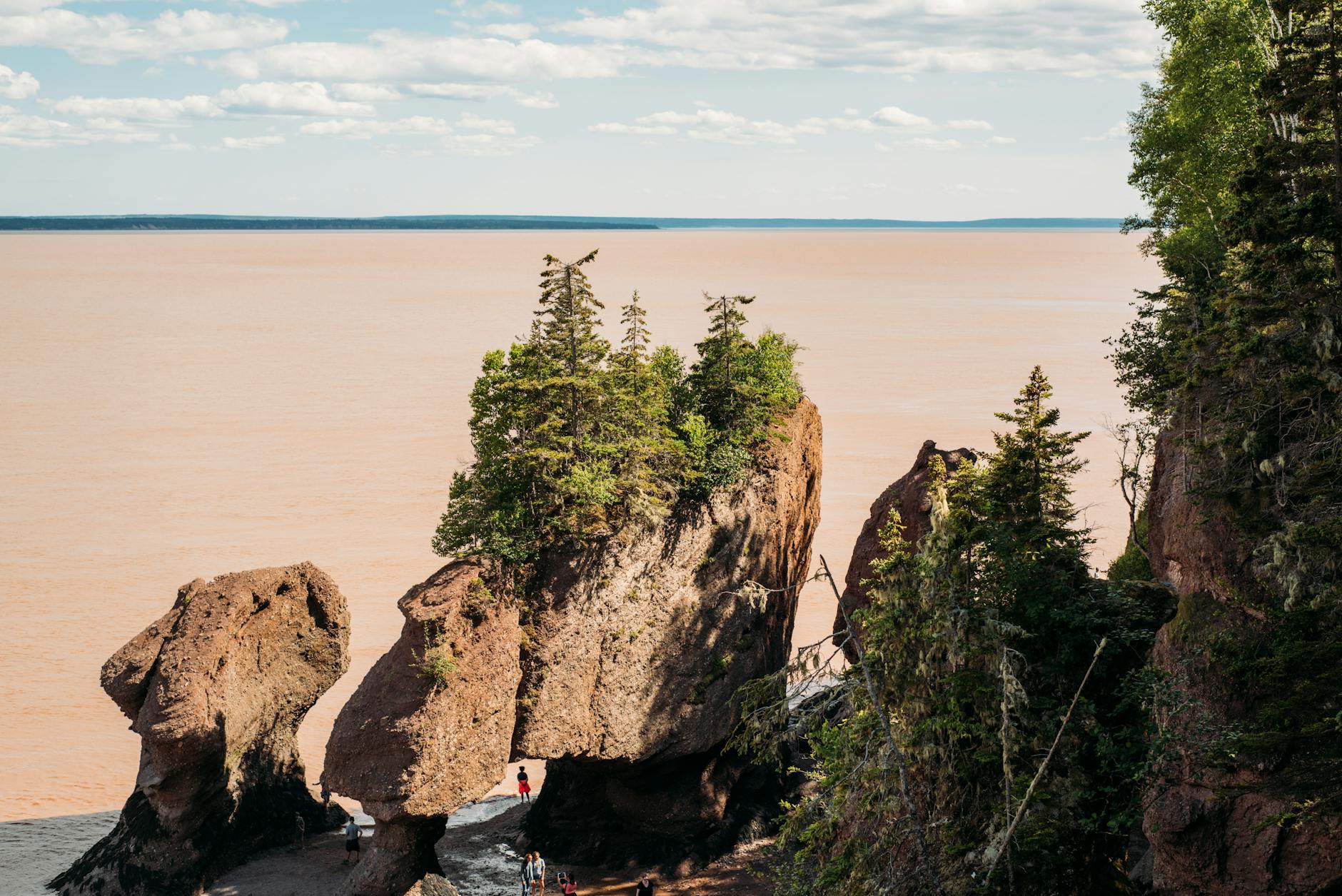
Bay of Fundy, New Brunswick/Nova Scotia
The Bay of Fundy, straddling New Brunswick and Nova Scotia, showcases nature’s raw power with the world’s highest tides. Its ever-changing landscape captivates global visitors.
Key features
| Feature | Description |
|---|---|
| Tidal range | Highest in the world at 16 metres (52 feet). |
| Fundy Footpath | Coastal trail offering views of hidden beaches and cliffs. |
| Tidal bore | Incoming tide wave traveling up rivers (visible in select areas). |
| Hopewell Rocks | Tide-sculpted formations, known as “Flowerpot Rocks.” |
| Marine life | Whales, seals and migratory birds. |
| Historical significance | Rich Indigenous heritage and early European exploration sites. |
Activities for visitors
- Tidal bore rafting
- Fossil hunting at Joggins Fossil Cliffs UNESCO Site
- Kayaking around Hopewell Rocks
- Whale watching with Bay of Fundy tour operators
With its awe-inspiring tides and scenery, the Bay of Fundy remains a must-visit destination for nature enthusiasts.
Canada is such an amazing place to explore. Let’s move on to Red Coast, Prince Edward Island.

Red Coast, Prince Edward Island
As we explore Canada’s natural wonders, the Red Coast of Prince Edward Island emerges as a striking blend of geological marvels and coastal beauty.
Key features
| Feature | Description |
|---|---|
| Formation | Erosion of soft red sandstone over millions of years |
| Colour source | High iron oxide content in the rock |
| Wildlife | Seabirds such as puffins and cormorants |
| Activities | Beach walking, photography and fossil hunting |
The Red Coast showcases nature’s artistry through:
- Striking contrasts: Vibrant red cliffs against the azure Gulf of St. Lawrence and lush green landscapes.
- Rich history: Cultural insights from Mi’kmaq and Acadian heritage.
- Erosion patterns: Unique rock formations, arches and sea stacks.
- Scenic drives: Breathtaking views along the Points East Coastal Drive.
A must-visit destination for nature enthusiasts and photographers, the Red Coast is part of Prince Edward Island National Park, protecting its ecological and cultural significance.
Conclusion: Canada’s natural wonders: A journey through paradise
Canada’s natural wonders embody its rugged beauty, from towering mountains to untouched coastlines.
These landscapes offer adventure, solitude and a deep connection to nature, drawing explorers, hikers and wildlife enthusiasts alike.
Beyond their scenery, these places protect vital ecosystems and hold deep cultural meaning for Indigenous Peoples.
The Cabot Trail’s cliffs, the Columbia Icefields’ frozen expanse and the Great Bear Rainforest’s ancient trees stand as enduring symbols of the land’s history and ecological significance.
Exploring these wonders transcends a trip—it’s an experience that leaves a lasting imprint.
Their preservation ensures future generations can stand in their presence and feel the same awe that has captivated humanity for centuries.

